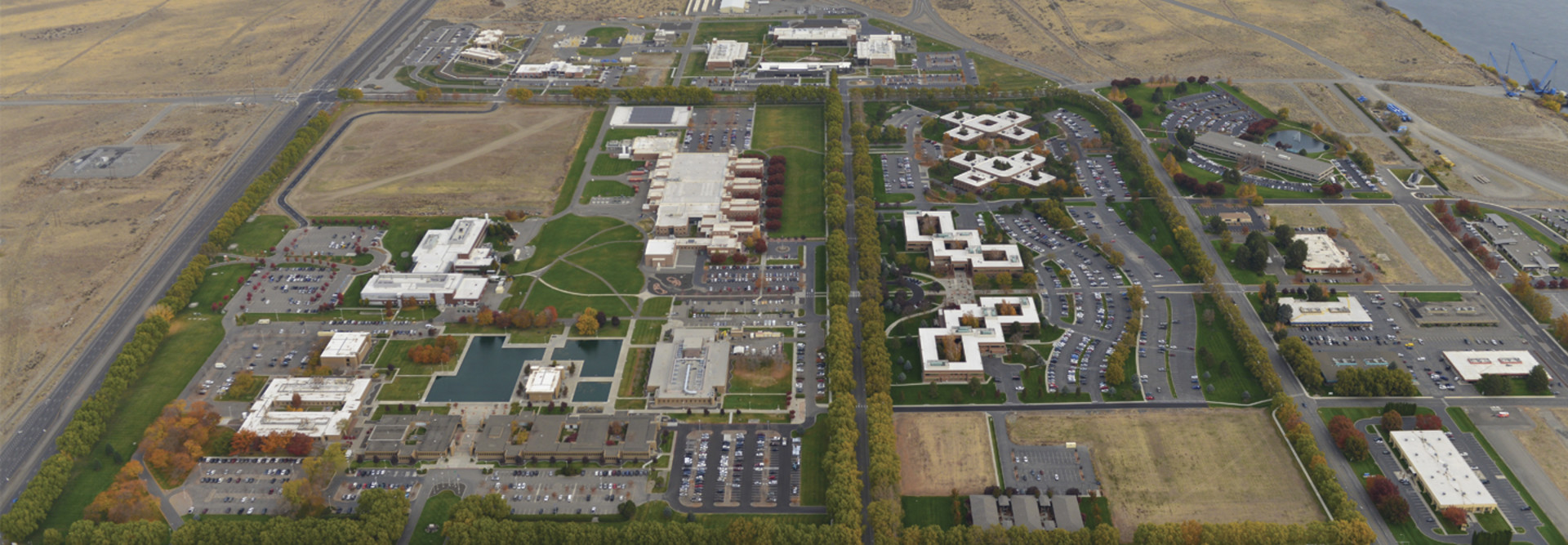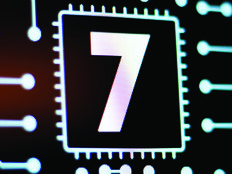How 5G Can Be Used in Government
The most noticeable difference to end users regarding 5G is the upgraded speed. 5G can deliver data speeds 10 to 100 times faster than 4G LTE and cut latency to milliseconds. (Latency is any kind of delay that happens in data communication over a network.)
5G also enables far greater network density than 4G networks. “While an LTE tower can handle about 2,000 simultaneous connections, 5G specifications call for a minimum of 1 million connections per square kilometer,” Mark Zannoni, a smart cities analyst and former research director of smart cities and transportation at IDC Government Insights, has told StateTech.
Scott Godwin, general manager of corporate partnerships and alliances at PNNL, says the lab and Verizon “plan to explore how cybersecurity will underpin 5G for critical infrastructure and how 5G will drive transformation in the protection of endpoint devices, advancement of artificial intelligence, the science behind autonomous systems” and related Internet of Things applications.
PNNL will advise federal sponsors on how 5G could impact their operations and infrastructures when deploying the new wireless technology, according to the statement. PNNL researchers and corporate partners will evaluate how Verizon 5G Ultra Wideband’s speeds, increased bandwidth and low latency can enhance machine learning, artificial intelligence and augmented and virtual reality apps used in fields ranging from public safety to computing and analytics.
“They’re going to help us ensure that we are designing, deploying and operating the most secure 5G network that the industry can deliver,” says Maiorana in describing to FedScoop PNNL’s planned work with Verizon.











